Author: Neo
Introduction
There are advantages and disadvantages to both battery-swapping and charging modes. Depending on different application scenarios and usage needs, users need different energy supplement systems. Although there is overlap between the two, they are not completely opposed to each other.
Based on the data of existing charging stations (public stations) and battery-swapping stations, charging stations VS battery-swapping stations, battery-swapping stations are “KO”. As of May 2021, the data of public charging stations, with a holding of 884,000 units (excluding private charging piles/charging piles on vehicles), outperformed the thousands of battery-swapping stations. Of course, comparing only the current holding cannot determine who will better solve the charging problem in the future.
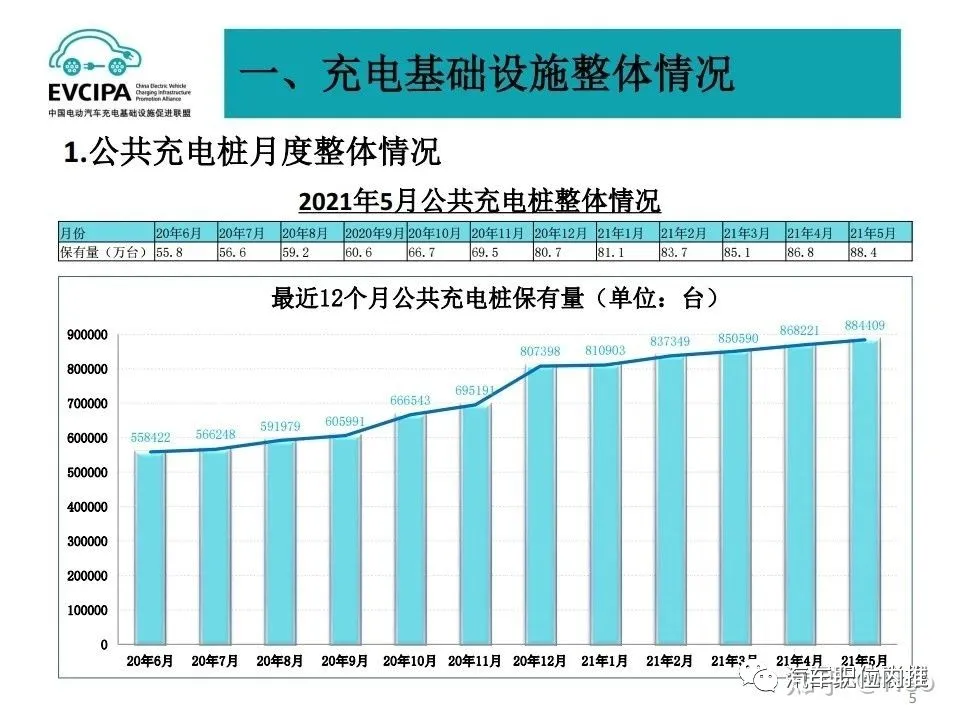
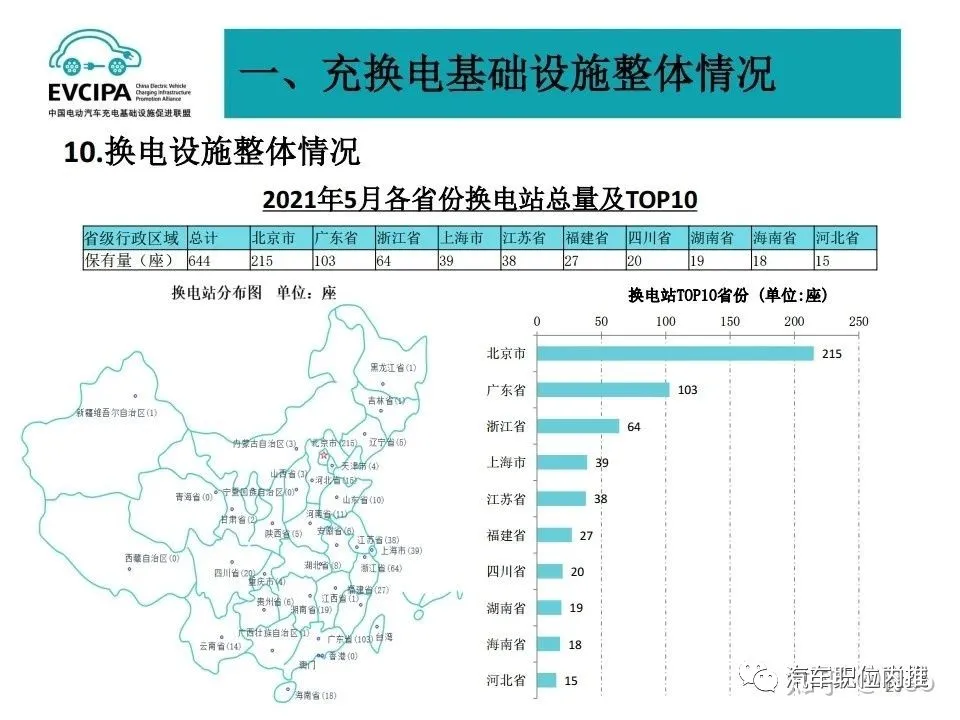
Regarding the horizontal comparison between “battery-swapping mode” and “charging mode”, I usually compare from several perspectives and dimensions. Currently, the popularity of charging stations is much higher than that of battery-swapping mode. However, is it appropriate to deny the position of battery-swapping stations in the future? Obviously, it is not.
From the perspective of investment cost, battery-swapping stations > charging stations
The investment cost of a battery-swapping station is about 1.5 to 4 million yuan, including fixed asset investment, site rental fees, personnel operation and maintenance costs, etc. Looking back at ordinary fast charging piles, the cost of charging piles varies from tens of thousands to hundreds of thousands of yuan, depending on the charging power. Slow charging piles are even cheaper, usually costing less than 10,000 yuan to build, and are compact and convenient.
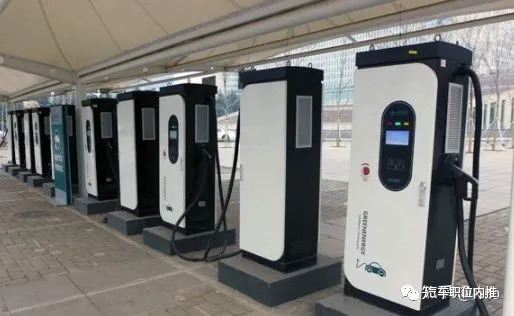
From the perspective of investment cost, battery-swapping stations are higher than charging stations. This is also one of the reasons why the popularity of charging stations in China is much higher than that of battery-swapping stations.
From the perspective of charging efficiency, battery-swapping stations > charging stations
The battery-swapping time of battery-swapping stations is about 5 minutes;
The charging time of fast charging piles is about 30-60 minutes (charged to 80%); slow charging can take several hours.
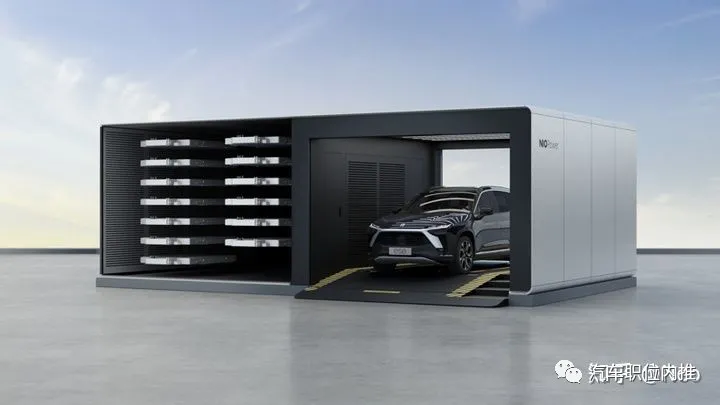 When comparing with traditional gasoline cars, battery swapping is closer to refueling in terms of usage time and is more efficient. However, in terms of actual charging time, electric vehicle battery capacity, charging station power, rate limits, and other factors, fast-charging stations cannot always meet their rated power.
When comparing with traditional gasoline cars, battery swapping is closer to refueling in terms of usage time and is more efficient. However, in terms of actual charging time, electric vehicle battery capacity, charging station power, rate limits, and other factors, fast-charging stations cannot always meet their rated power.
In terms of usage cost, battery swapping is less than charging stations
As an example, NIO charges 180 yuan for one battery swap, which has a capacity of 70 kWh and a range of about 420 km, equivalent to 0.42 yuan per kilometer. Beiqi has released three battery swap fee packages: package A for 432 yuan/1200 km; package B for 630 yuan/1800 km; and package C for 1020 yuan/3000 km, which are about 0.34 yuan per kilometer.
For electric vehicles with battery capacities of 50 kWh, the cost of fully charging is about 75 yuan, or about 0.25 yuan per kilometer, at a public electricity price of about 1.5 yuan per kWh, and the range is about 300 km.
For drivers who rely on operation as their livelihood, as well as those who need to control expenses, the lower the price, the better. However, for those with relatively high incomes, the difference is negligible. However, although the cost of the two charging methods is almost doubled, consumers do not perceive it very obviously in the short term, but it adds up over time.
From policy standards, battery swapping is less than charging stations
After years of fierce competition, in 2015, charging stations also issued national standards. Unified standards have been established for the charging system, DC connection, AC connection, and communication between the external charging machine and battery management system. Under unified standards, no matter which brand or how much power of the charging station in China, electric vehicles can access charging.
GB/T18487.1-2015 “Conductive charging system for electric vehicles Part 1: General requirements”
GB/T20234.1-2015 “Connections for conductive charging of electric vehicles Part 1: General requirements”
GB/T20234.2-2015 “Connections for conductive charging of electric vehicles Part 2: AC charging interface”
GB/T20234.3-2015 “Connections for conductive charging of electric vehicles Part 3: DC charging interface”
GB/T27930-2015 “Communication protocol for non-vehicle-mounted conductive chargers and battery management systems for electric vehicles”
Meanwhile, the standard issue facing battery swapping stations is even more tricky:
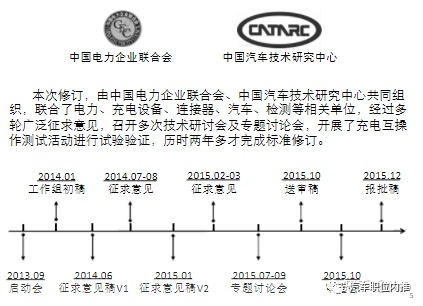 – The capacity of the battery pack is the dominant factor for the driving range of electric vehicles, and different vehicle models have different requirements for battery capacity.
– The capacity of the battery pack is the dominant factor for the driving range of electric vehicles, and different vehicle models have different requirements for battery capacity.
-
Based on the overall space layout of electric vehicles, the battery pack is usually placed under the chassis. However, different automakers and vehicle models have different designs for the battery pack, including size and spatial layout.
-
There are various types of battery packs in terms of raw materials, such as LFP and ternary lithium; in terms of grouping mode, there are different shapes like square, cylindrical, soft pack, and blade; and in terms of energy density, there are numerous types ranging from low to high. Battery modules also have an impact on the shape and size of the battery pack and whether an electric vehicle can be laid out.
-
For the connection of battery swapping, if a standard is agreed upon, the production or replacement of the battery pack will not be difficult, as compared to the first two issues.
Regarding these standard issues, several problems need to be addressed when looking at battery swapping, such as how many types of battery packs are available (in terms of capacity), whether the vehicle’s battery management system is compatible with the battery pack (system support), once a material/size/capacity is agreed upon, how other brands/types of batteries can be developed, and how other automakers can balance different factors.
From the perspective of actual promotion and usage, battery swapping stations are less than charging piles
Charging piles can appear in the form of “charging stations” or “single piles.” As for site requirements, the DC piles are slightly larger, with less than 1 square meter enough. Wall-mounted and column-mounted AC equipment both exist, with the former mounted on the wall without taking up floor space, and the latter having a slim column that also occupies almost no area.
However, in a battery swapping station, there is a need for a battery storage warehouse, mechanical installation arms, and a distribution system between the warehouse and the station. Even if simplified, it still requires a “considerable amount of land.”
The first battery swapping station of NIO and Sinopec, which occupies an area of 60 square meters, is roughly the size of 4 parking spaces. They utilized the second-generation NIO battery swapping station, which has 13 battery storage units and supports 312 swaps per day.
Moreover, both battery swapping stations and charging piles face the same “waiting problem,” meaning queuing for either charging or battery swapping. Sites with a large electric vehicle flow rate are highly frequented for charging personnel, causing long waiting times to queue for charging piles, and likewise with battery swapping stations whereby waiting times may persist if the batteries in the warehouse are not fully charged.So, from the perspectives of investor input, consumer efficiency experience, and cost use, and manufacturer production standards, the contradiction between input and use cost becomes a problem. Under the market law, the price should be higher with higher input, but investors are not passing on this high cost to consumers from the perspective of laying the foundation and promotion, resulting in a difficult situation where investors cannot make money in a short period of time, and further restricting the progress of their promotion and expansion. Without implementation standards, manufacturers, including car companies and battery manufacturers, have different specifications, creating chaos where there are many battery swapping stations, but only some of them are compatible with certain brands.
However, history has shown us that good things may not be popular at the moment, not because they’re not good, but often due to various reasons such as politics, cost, and trustworthiness. In a different time, with a different group of people, or at a different place, it might have been a success. From a user’s experience perspective, some people are willing to “pay the price” for it and are willing to pay for it.
Therefore, promoting battery swapping requires comprehensive development in terms of investment cost-effectiveness, engineering feasibility, and safety controllability. It also needs support from policies and standards and needs users to experience and form trust in low usage costs, convenience, and reliability.
Thus, in a broad sense, promoting battery swapping is difficult, but it can indeed solve the long-standing problem of difficult charging. In a narrow sense of a single brand/model, battery swapping can largely solve the problem of difficult/slow charging.
This article is a translation by ChatGPT of a Chinese report from 42HOW. If you have any questions about it, please email bd@42how.com.